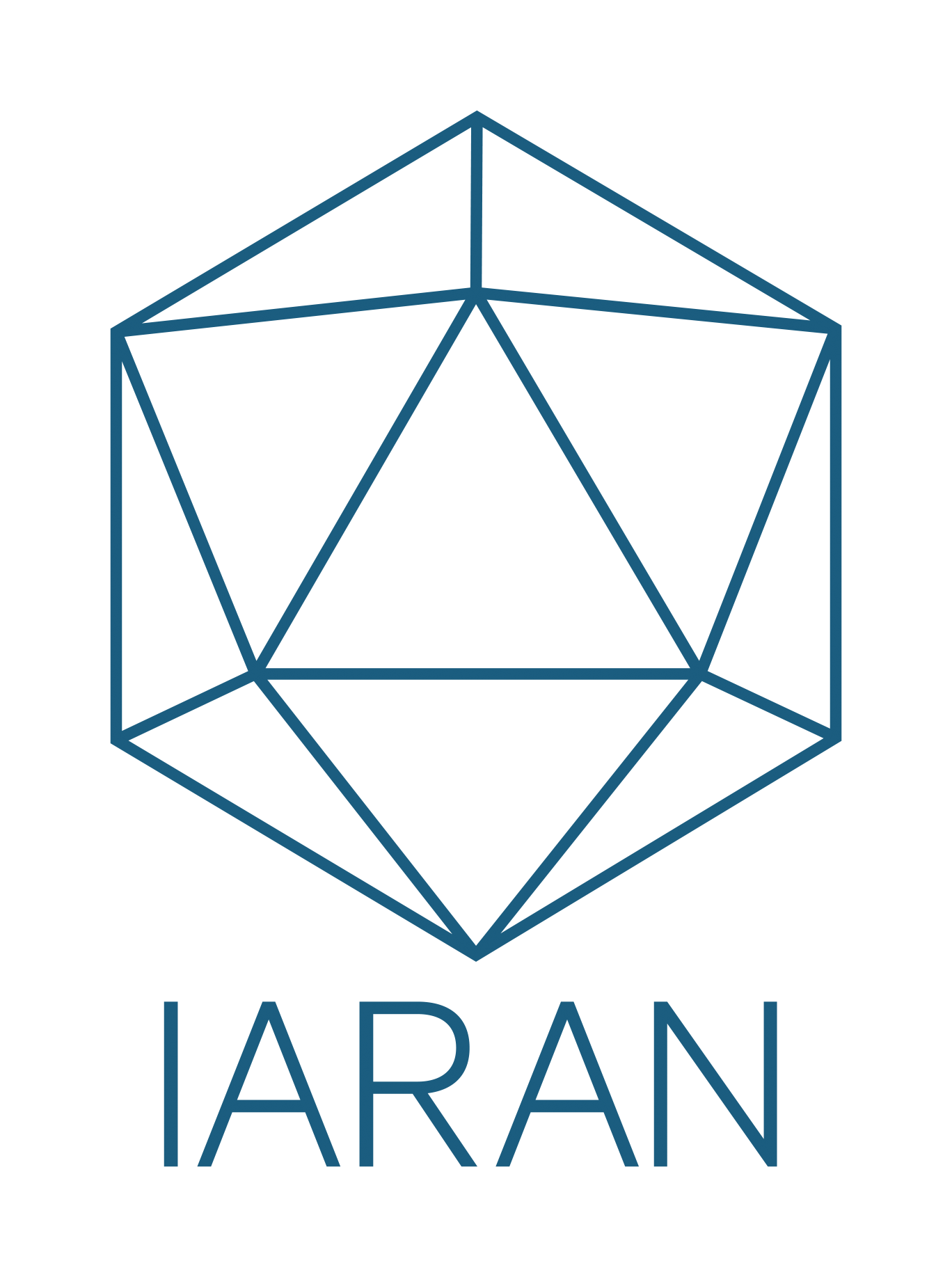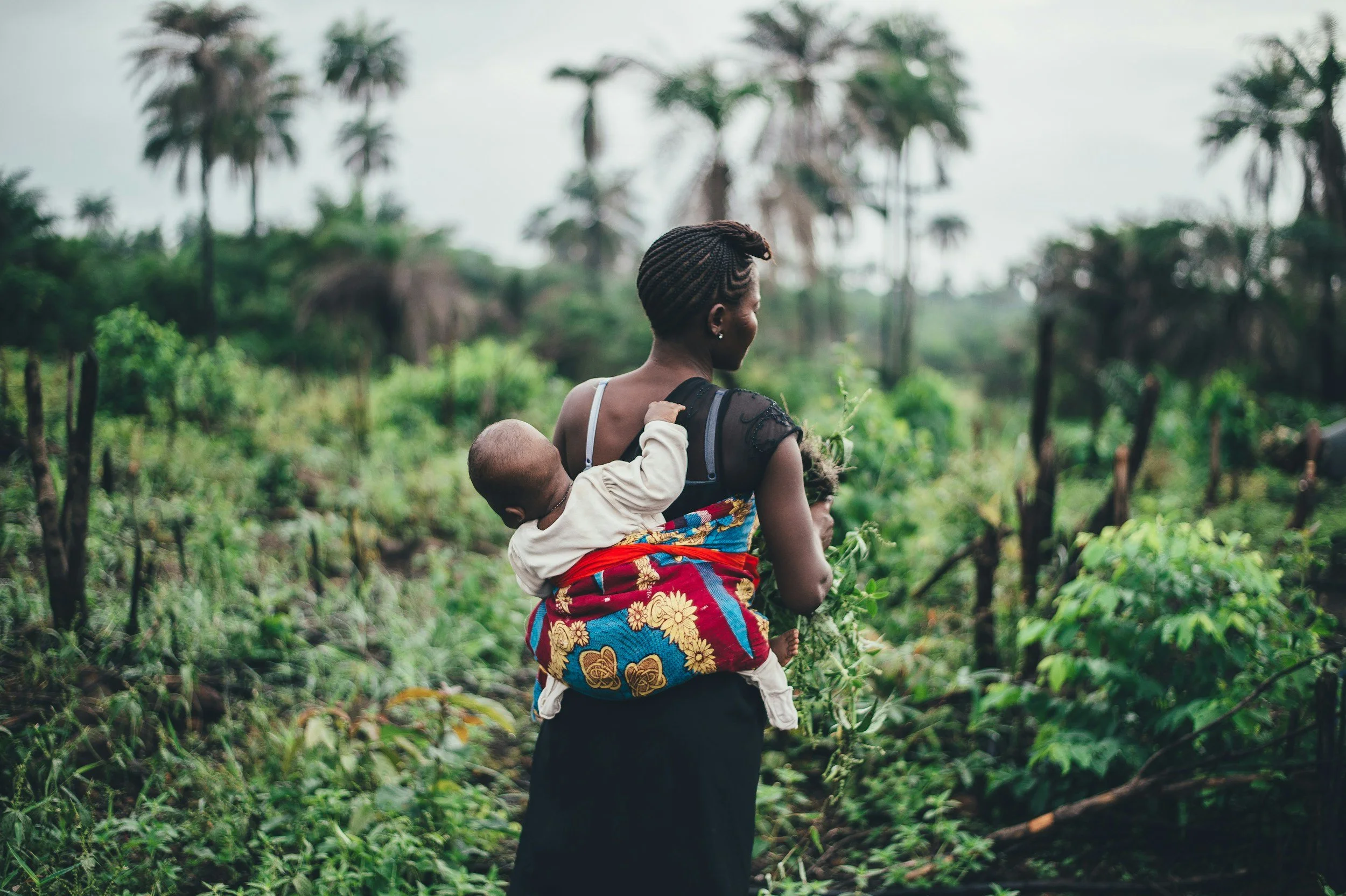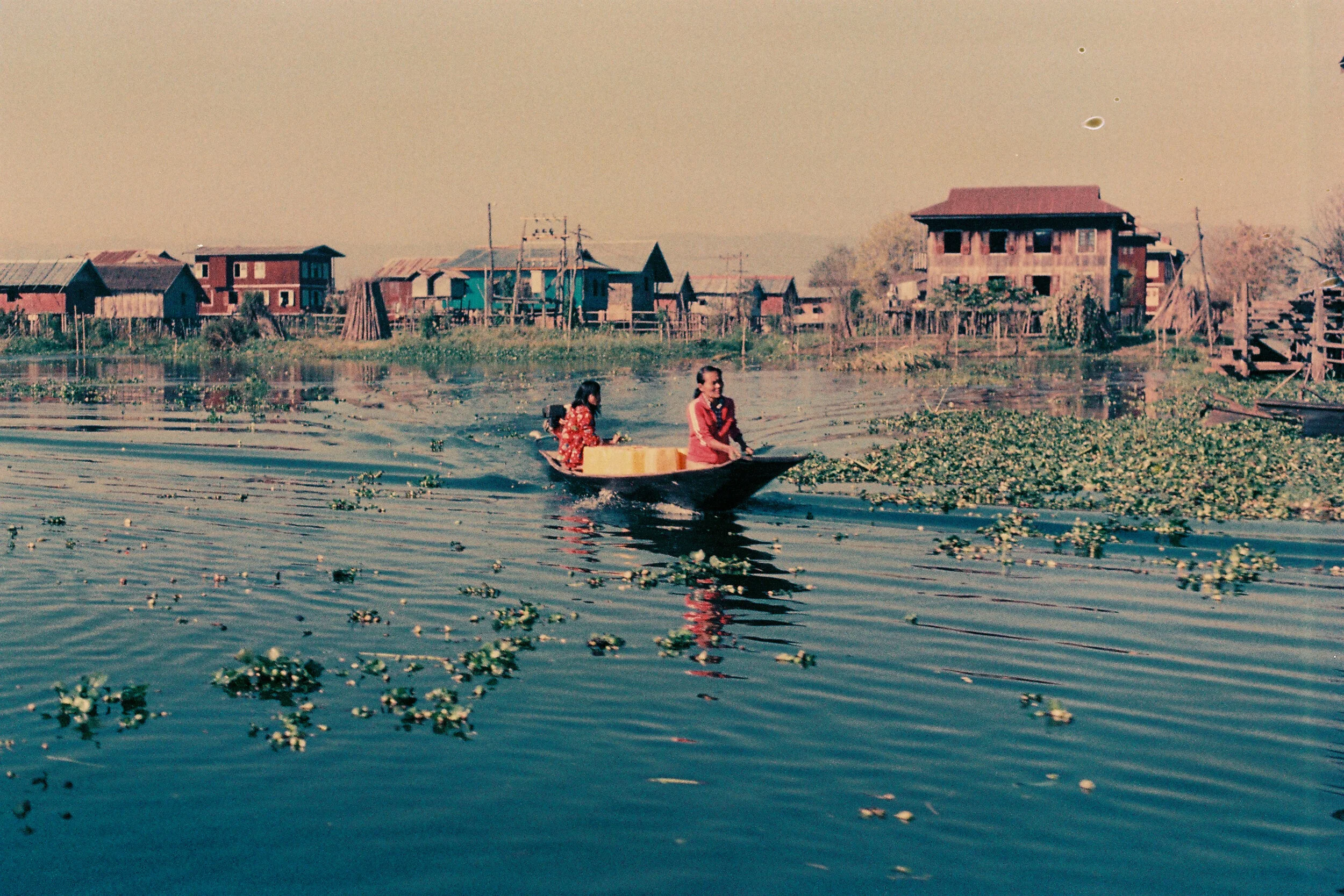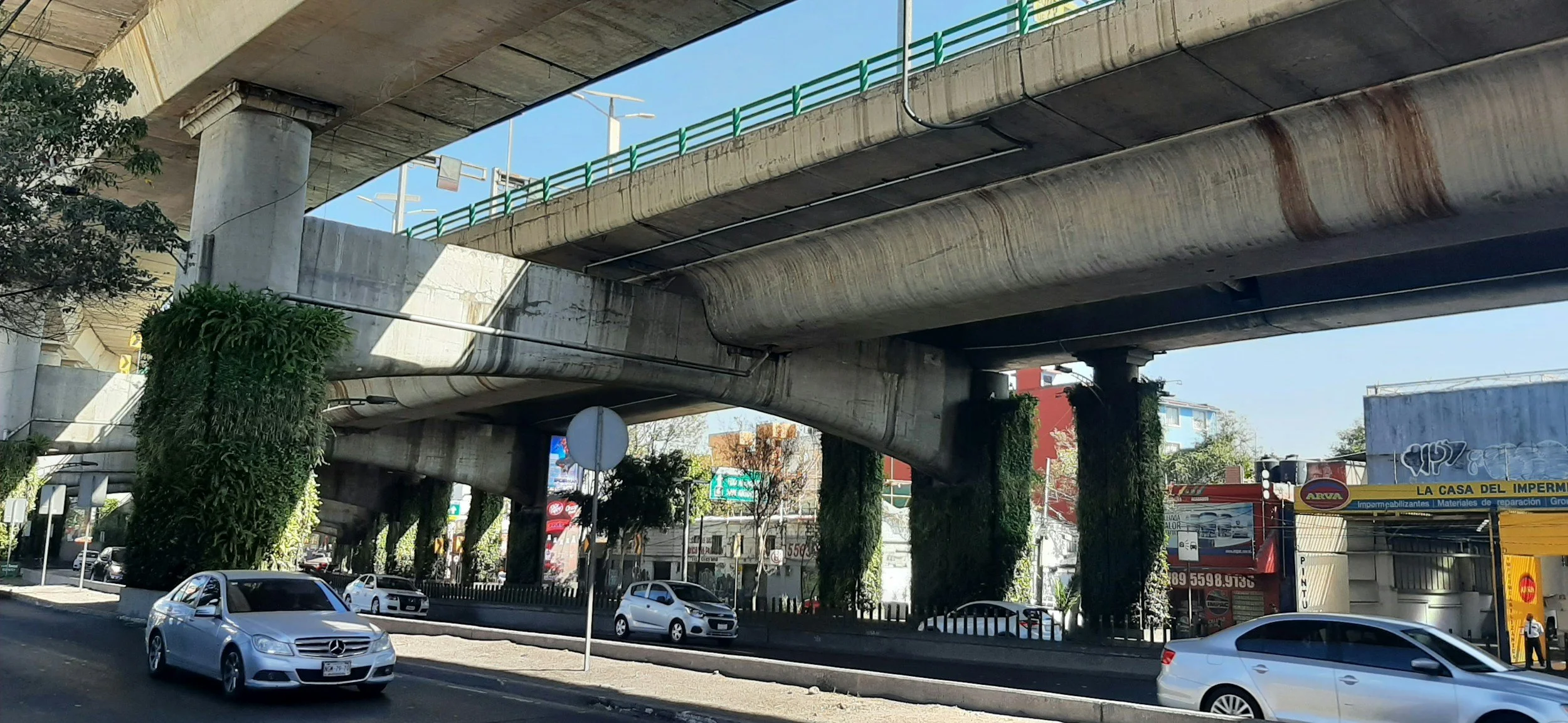The conflict in eastern Democratic Republic of Congo (DRC) has spanned four decades, marked by escalating violence and the resurgence of armed groups like M23. Rooted in political instability since the 1990s, exacerbated by foreign interventions and regional conflicts, the crisis has displaced over seven million people, creating dire humanitarian needs. Despite international calls for action, support remains insufficient. Future scenarios hinge on addressing core issues like resource control, regional tensions, and governance reform. Potential paths include continued conflict, systemic collapse, gradual stabilization, or transformative peacebuilding efforts driven by local and international cooperation.
El Futuro de la Crisis Alimentaria en Myanmar
Myanmar's enduring conflict and political instability have severely impacted food security, with 15.2 million people facing hunger, including 12.9 million in severe conditions. Armed violence, displacement, and climate disasters, such as Cyclone Mocha, have disrupted agriculture and supply chains, leaving rural communities especially vulnerable. Humanitarian efforts remain underfunded, reaching only 40% of the targeted population in 2024. Projections suggest food insecurity will worsen, potentially affecting over 20 million by 2028. Limited access to resources, rising food prices, and environmental degradation exacerbate the crisis. Urgent action, including improved humanitarian access and investment in climate-resilient agriculture, is critical to mitigate worsening conditions.
The struggle between Growth and Natural Conservation in the Global South
This article delves into the critical tension between economic development and environmental preservation in some of the world's most vulnerable regions. By analyzing recent trends and leveraging strategic foresight, we provide a comprehensive overview of potential future scenarios and their implications. This piece for professionals and academics interested in understanding the evolving dynamics of sustainable development. Whether you are seeking to stay ahead of the curve or simply broaden your knowledge, this article offers valuable insights and actionable takeaways.
Futures of Mobility in Mexico City
The "Doble Hoy No Circula" initiative has been an important measure to mitigate air quality within Mexico City's Comprehensive Program Against Atmospheric Pollution (PICCA). This measure was implemented as an urgent response to the growing air quality crisis. It current model began in 2014, aiming to restrict the use of private vehicles on specific days to reduce pollutant emissions and improve public health. In a megacity like Mexico City, where mobility and pollution are interconnected, policies like this affect not only the environment but also the health and well-being of its inhabitants.







